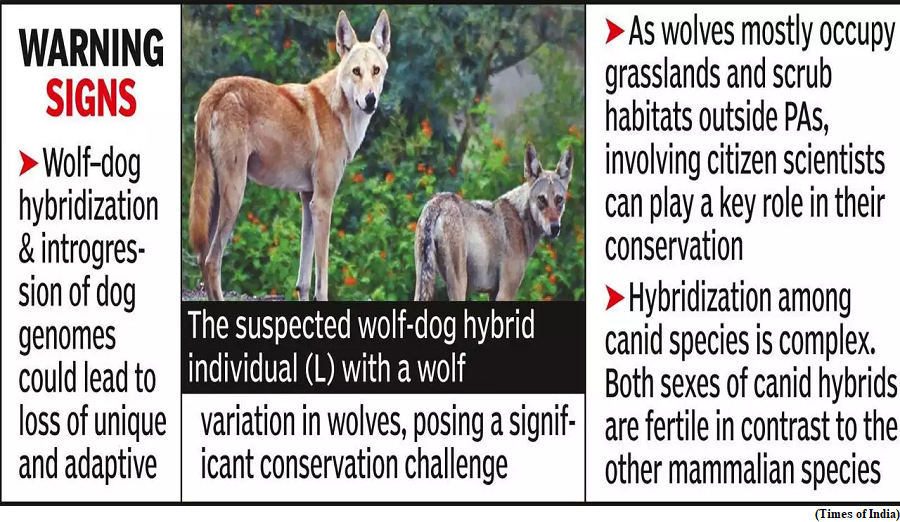WHO guideline on non sugar sweeteners (GS Paper 2, Health)

Why in news?
- Recently, the World Health Organization (WHO) issued new guidelines advising against the use of non-sugar sweeteners (NSS) like aspartame, saccharin, stevia and other derivatives as a “healthy” alternative to sugar.
Details:
- In its ‘conditional’ guideline, WHO says non-sugar sweeteners should not be used as a means of achieving weight control or reducing risk of diet-related non-communicable diseases.
- The spotlight on NSS intensified after 2015, when the WHO had said that high intake of free sugars is linked to weight gain and obesity, leading consumers to turn to NSS as an alternative.
What are non-sugar sweeteners?
- Non-sugar sweeteners (NSS) are marketed as low or no-calorie alternatives to free sugars which aid in weight loss, and in controlling blood glucose in individuals with diabetes.
- NSS categories studied by WHO include acesulfame K, aspartame, advantame, cyclamates, neotame, saccharin, sucralose, stevia, and stevia derivatives.
- Aspartame is popularly used to sweeten diet colas that claim to have ‘no sugar, no calories.’ Saccharin is used to sweeten tea or coffee.
How did WHO conclude its findings?
- The WHO analysed a total of 283 studies on the intake of NSS in adults and children. The outcome of the trials was that they noted ‘higher intake’ of NSS was associated with a 76% increase in risk of obesity and a 0.14 kg/m2 increase in BMI (Body Mass Index).
- The WHO warned that long-term use of NSS could lead to increased risk of Type 2 diabetes, cardiovascular diseases, chronic kidney disease and cancer.
What are the concerns?
- India should take necessary steps to guide people on non-sugar sweeteners because one in nine women and one in 25 men are obese, according to the latest National Family Health Survey.
- Obese people are more prone to suffer from diabetes. There are an estimated 25 million people living with pre-diabetes in India, according to WHO data.
What is WHO’s nutritional advice?
- The WHO says it is difficult to view the role of NSS in isolation when it comes to weight loss studies that were analysed, so it is important to note that the quality (nutritional profile) and quantity of diet are also crucial in this matrix.
- It recommends having alternative foods which are minimally processed, unsweetened foods and beverages.
- While analysing studies, WHO has found that weight loss in certain subjects cannot entirely be attributed to switching from sugars to NSS, as it also depended on having a reduced portion size or energy intake of food.
What happens next?
- The Ministry of Health will have to initiate discussions among policy-makers before it decides to adopt this ‘conditional’ recommendation as a national policy, say health experts.
- The WHO recommends that with the help of this guideline, efforts should be made, with a focus on youngsters, to tweak taste preferences and eating behaviours.
Citizen scientists find first evidence of wolf dog hybridisation in India
(GS Paper 3, Science and Technology)
Why in news?
- Citizen scientists and researchers have found the first evidence of wolf-dog hybridisation in the country.
- The findings claimed that wolf (Canis lupus)-dog (Canis lupus familiaris) hybridisation may lead to immense reduction of certain adaptations in wolves eventually causing a drop in wolf populations.

How research was conducted?
- They noted that a suspected wolf-dog hybrid animal with an unusually tawny coat was captured in a photograph by a group of nature lovers near Pune in Maharashtra. They followed the animal and collected the hair strands which were shed by it.
- The samples were then used to extract DNA and processed for segregating, identifying, pressing and following other scientific protocols.
- The researchers then used 11 wolf whole genomes that consisted of three from North America and Europe. Another three were from west and central Asia and the remaining five were from Indian wolves.
- They also used 16 dog genomes for anaylsing samples including dogs from Kenya, Nepal, India, China and east Asia. The scientists also investigated the species for admixture with golden jackals and dholes using three genomes.
- The results revealed the occurrence of wolf-dog hybridisation in peninsular India with pictures showing evidence of dog genome introgression in the wolf population.
Key Findings:
- Though the concept of wolf-dog hybridisation was long speculated in India, no published report or evidence existed.
- Such hybridisation is complex among canid species. Both sexes of canid hybrids are fertile, in contrast to the other mammalian species where males are sterile with very few exceptions. This makes the introgression of dog genome into wolves and vice versa possible.
- High population turnover and loss of breeding members in addition to the above-mentioned complexity may cause the break-up of wolf packs and disruption of social structure. Such factors can also further increase hybridisation rates.
- However, these scenarios could drive these wild populations into a hybridisation vortex which eventually result in extinction via hybridisation.
Way Forward:
- The researchers pressed the need to upscale conservation efforts through tracking, monitoring, assessing prey base, understanding the relation between humans and wildlife, given that human-wildlife interaction is extensive in India.



